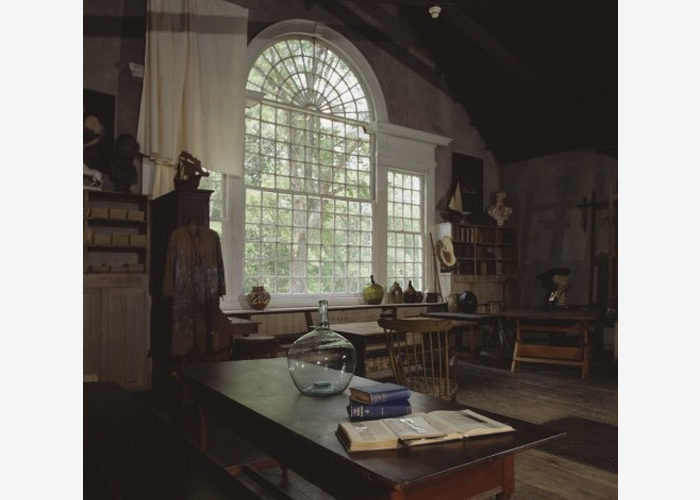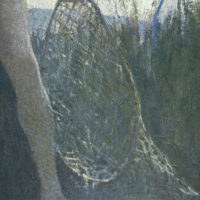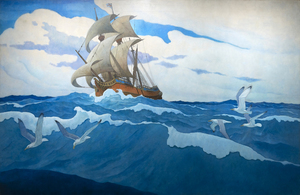N.C. WYETH (1882-1945)
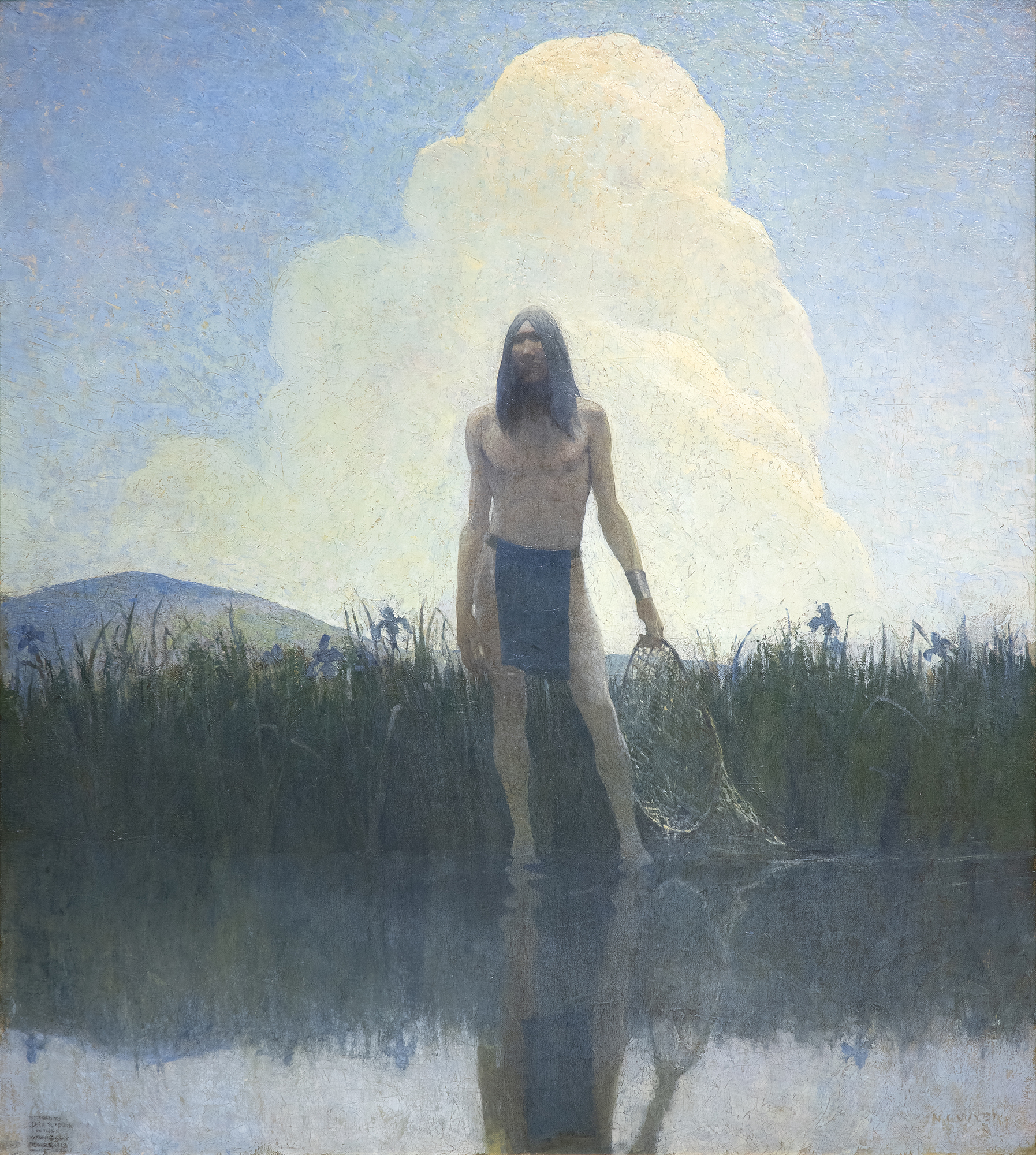
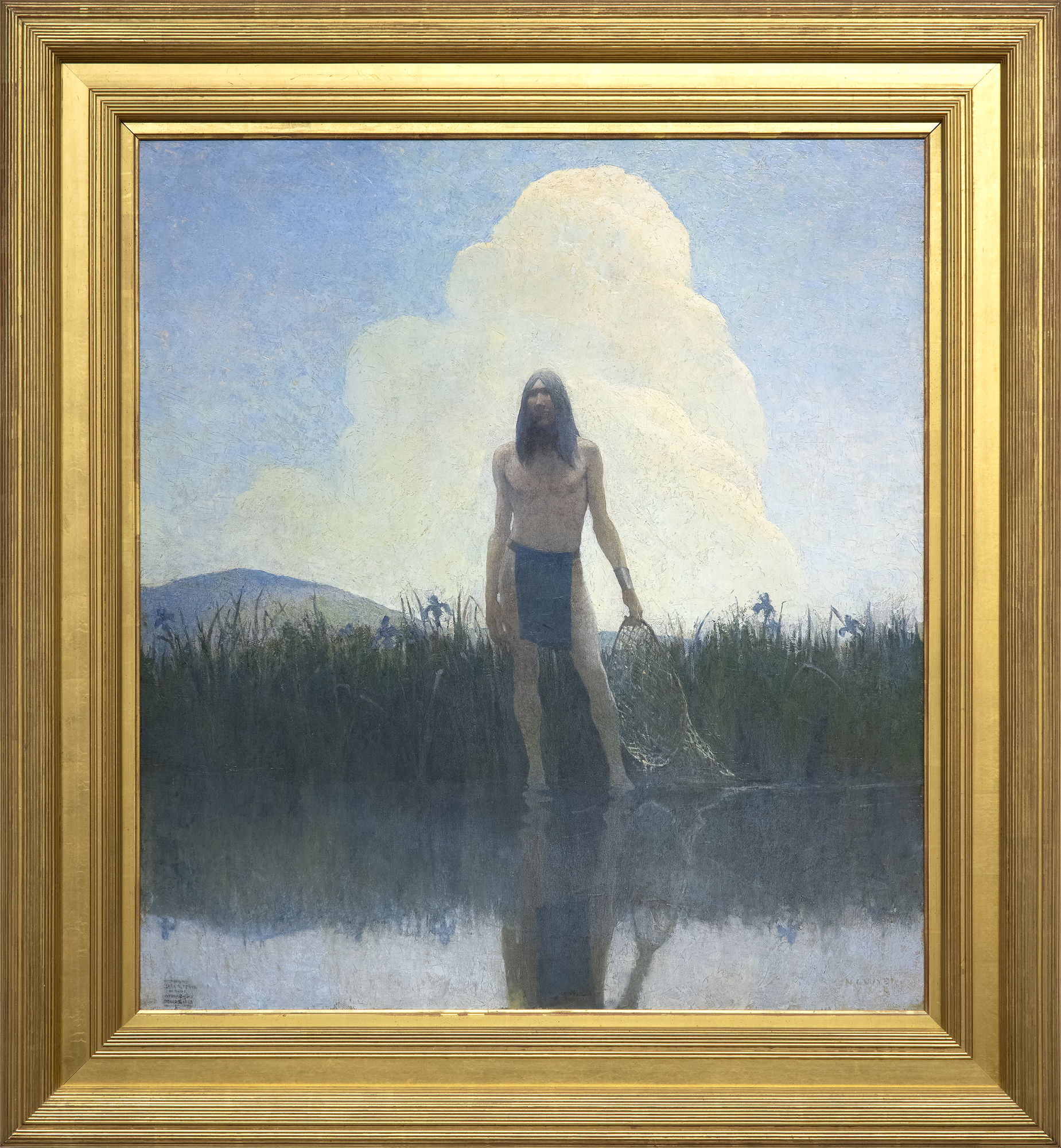
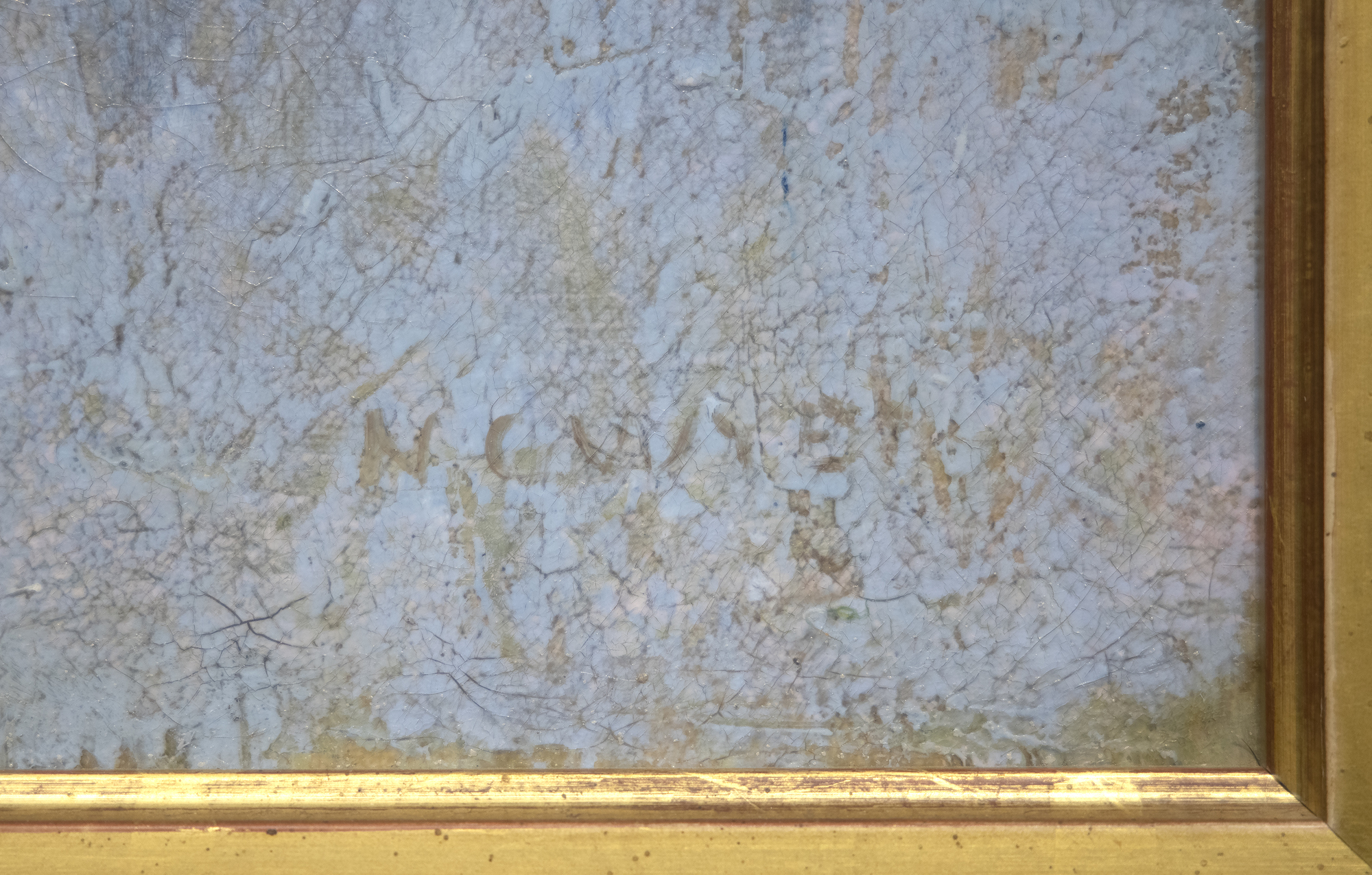
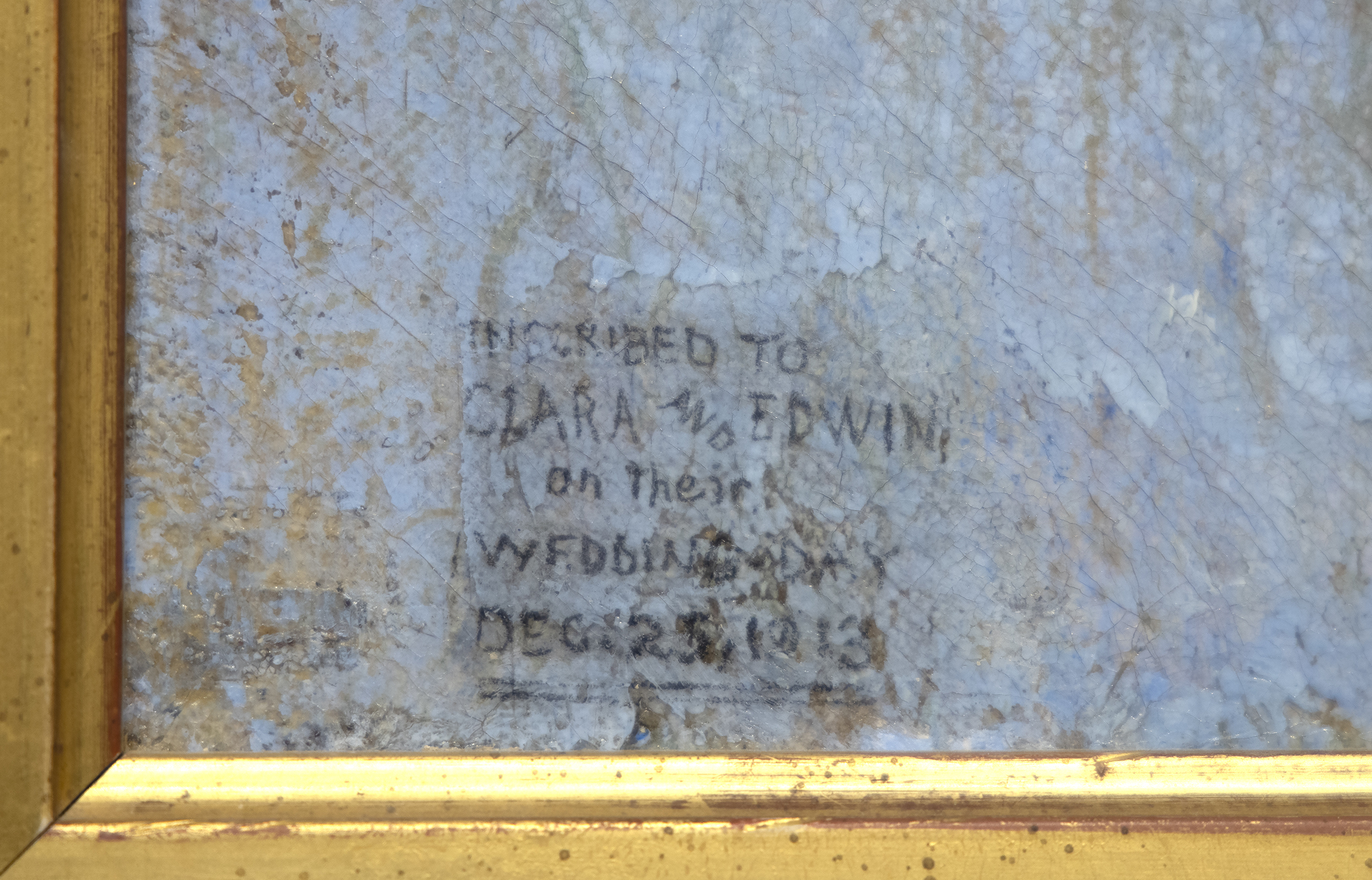
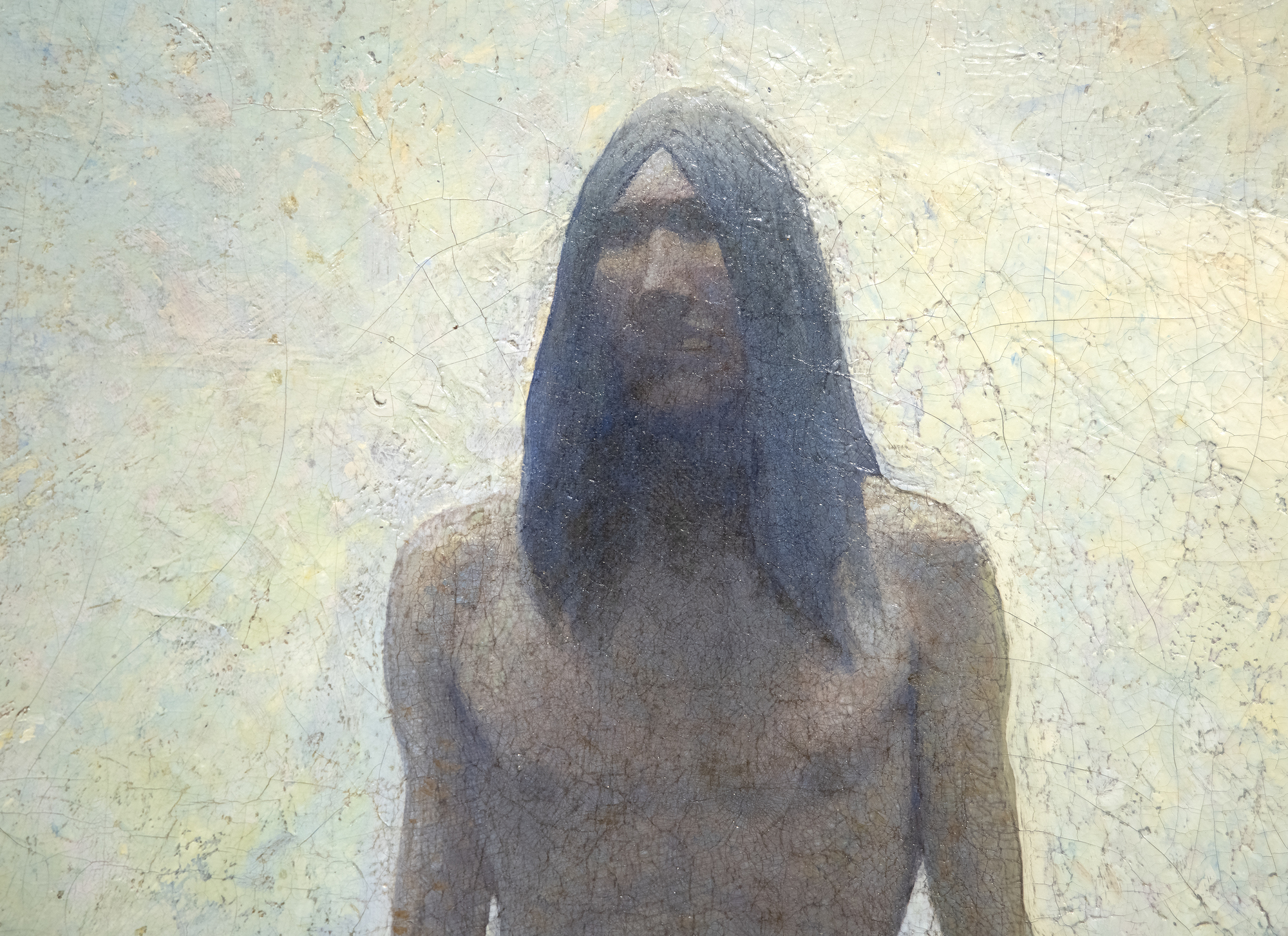
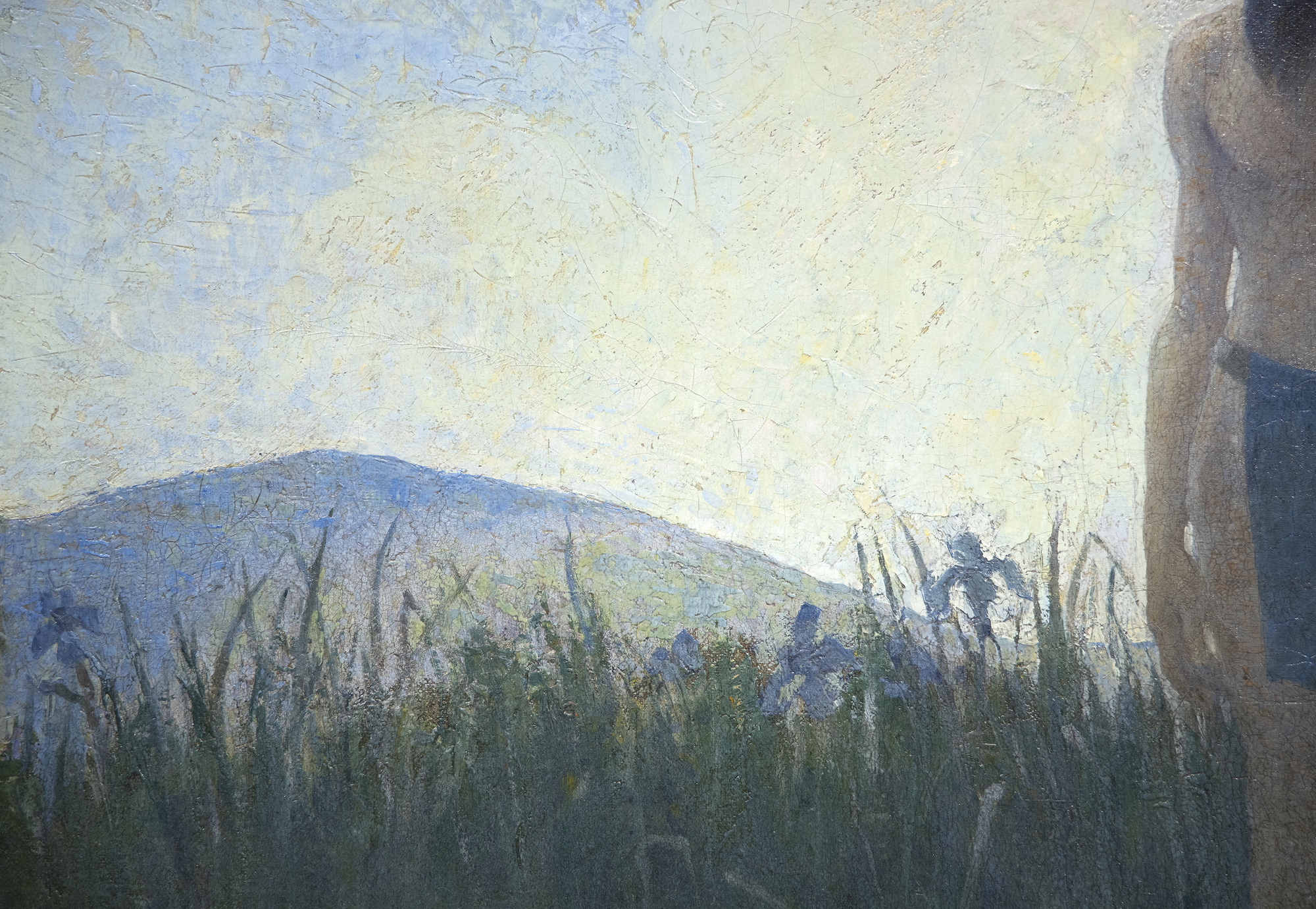
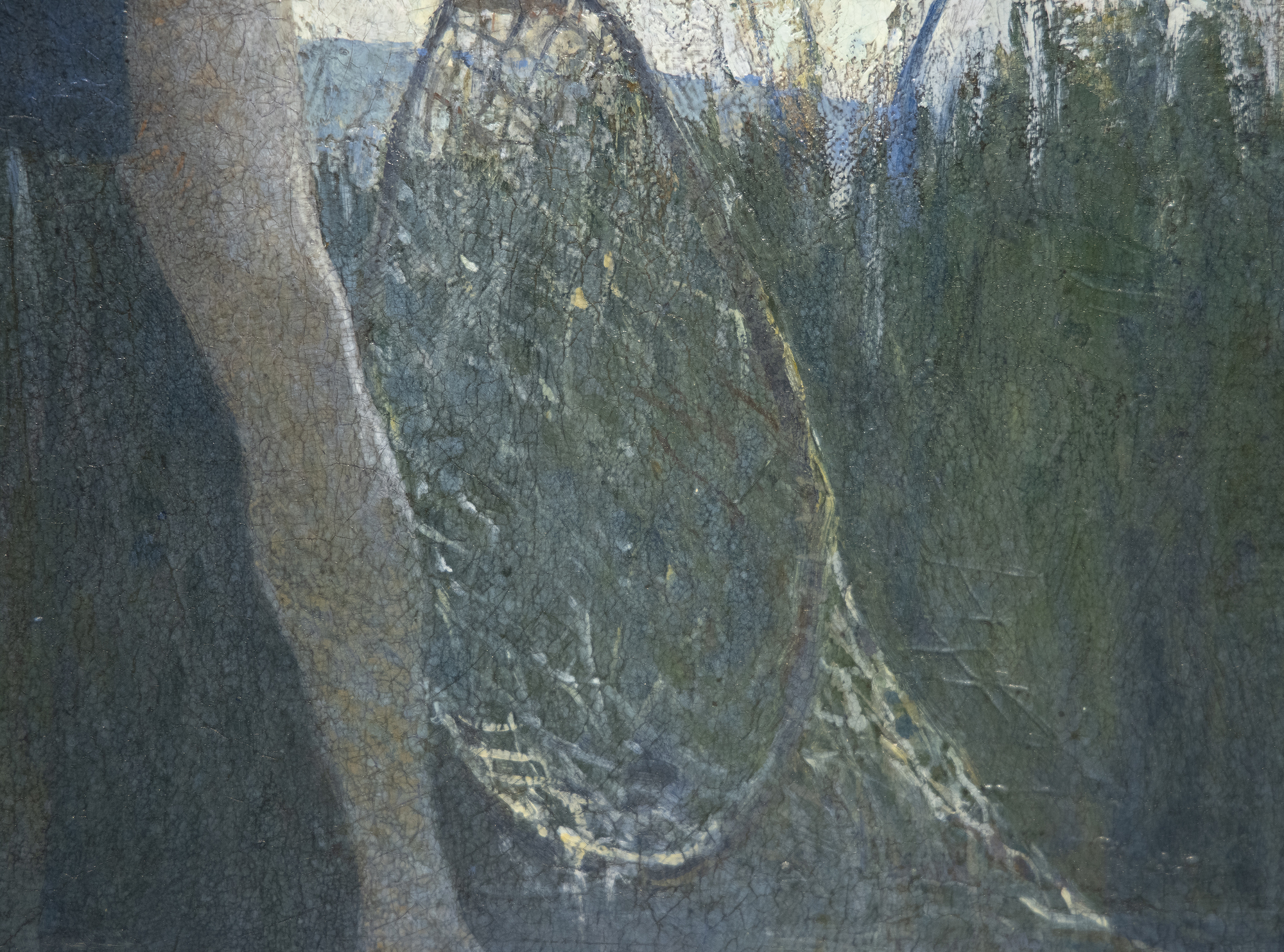
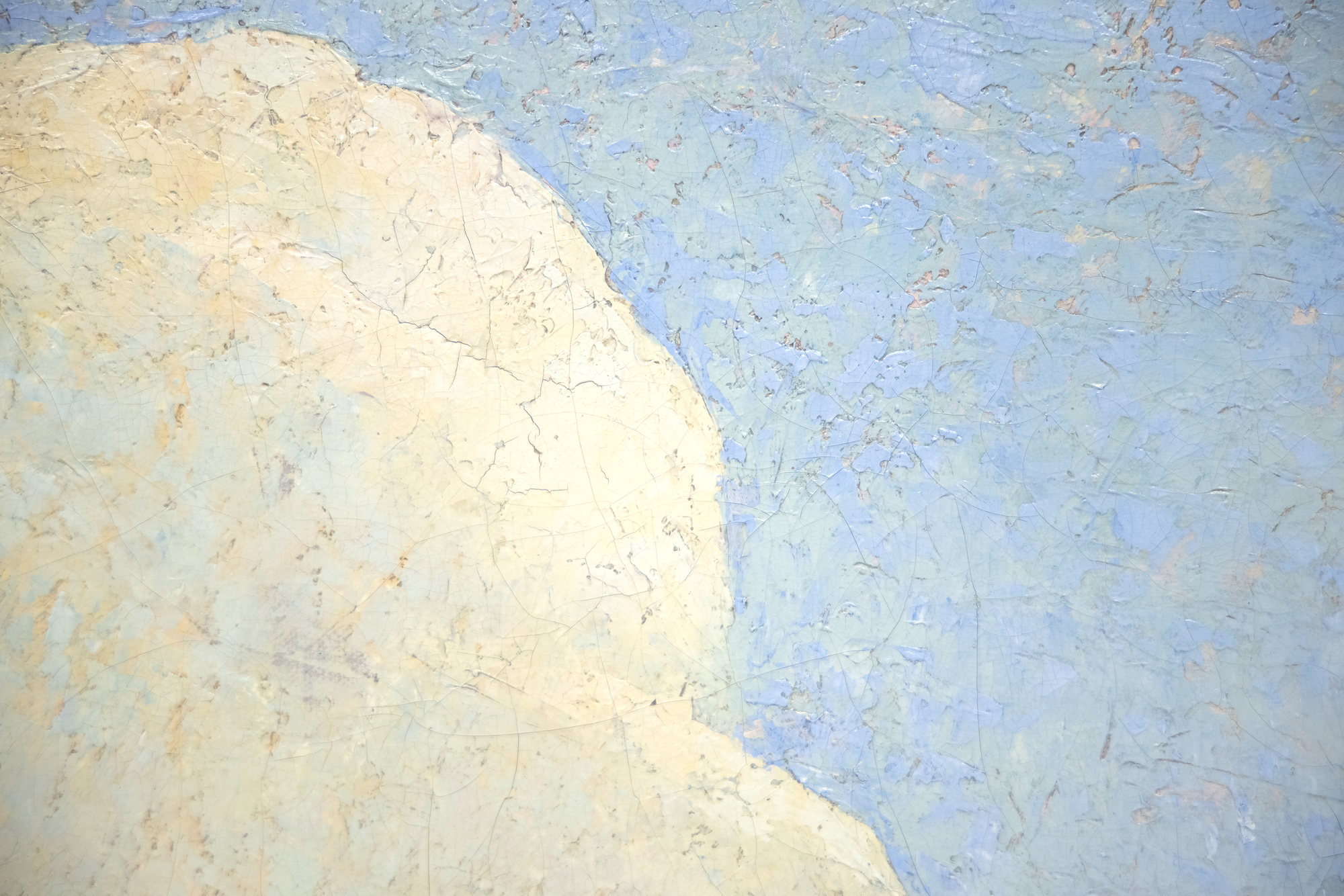
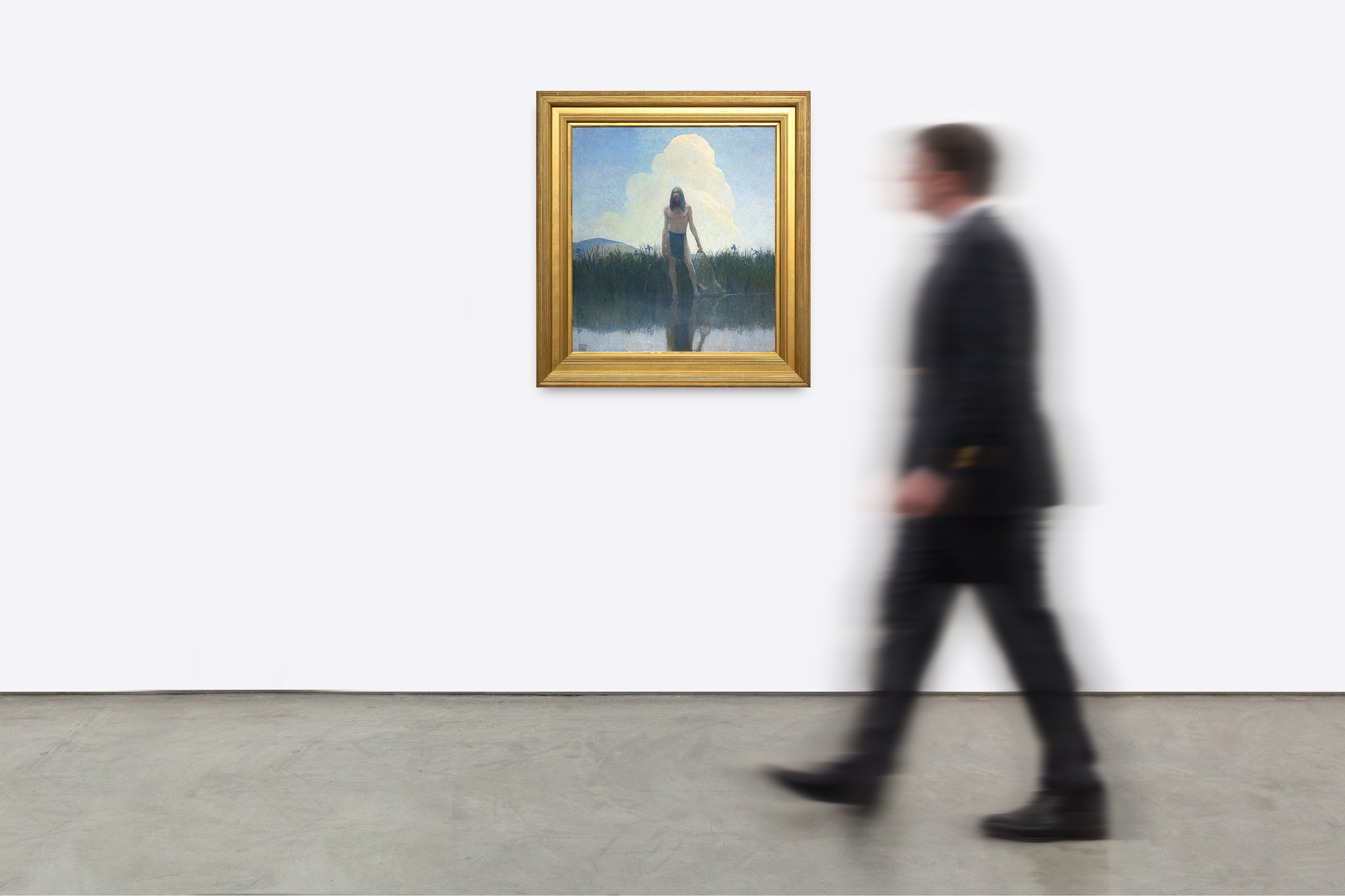
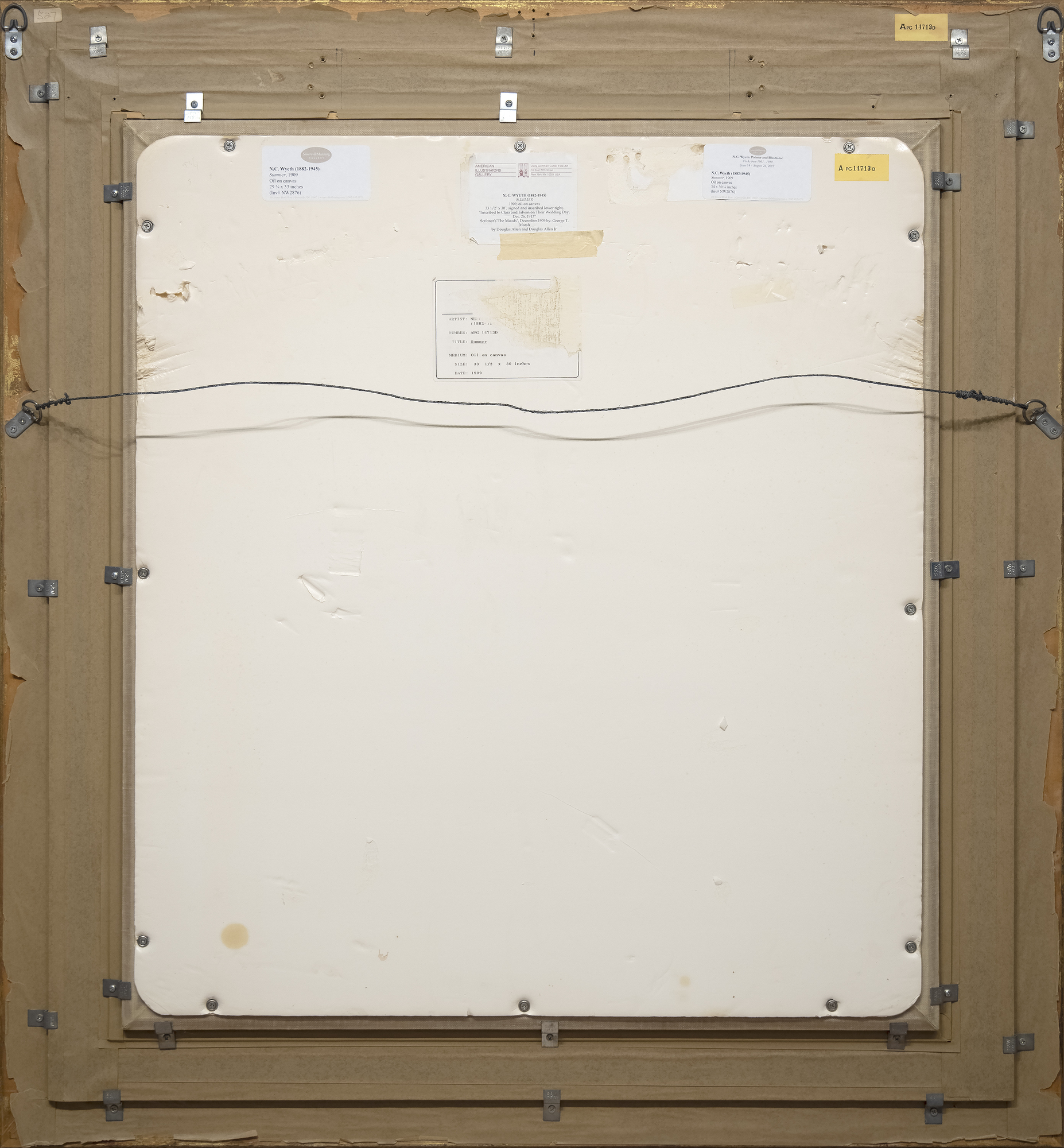
Procedencia
Sr. y Sra. Edwin R. Wyeth, 1913Sra. de Edwin Wyeth, hasta 1988
(Judy Goffman Fine Art, Nueva York, NY, mayo de 1991)
Colección de John Edward Dell, hasta agosto de 1995
Colección privada, Nueva York, hasta 2008
[Somerville Manning Gallery, Greenville, Deleware, abril de 2008].
Exposición
Filadelfia, Pensilvania, 1910, nº 798 en p. 51, como "Summer".Chadds Ford, Pensilvania, 1972, nº 12; Greenville, DE, 1995
Greenville, Delaware, Somerville Manning Gallery, N. C. Wyeth: Pintor e ilustrador, del 14 de junio al 14 de septiembre de 2019
West Pal...Más....m Beach, Florida, Ann Norton Sculpture Gardens, Figurative Masters of the Americas, del 4 de enero al 12 de febrero de 2023
Literatura
Betsy James Wyeth, ed., The Wyeths, The Letters of N. C. Wyeth, 1901-1945 (Boston: Gambit, 1971), ps. 312, 313Douglas Allen y Douglas Allen, Jr., N. C. Wyeth, The Collected Paintings, Illustrations and Murals (Nueva York: Crown Publishers, 1972), p. 275, ilustración en b/n p. 62
John Edward Dell, ed., Visions of Adventure, N. C. Wyeth and the Brandywine Artists (Nueva York: Watson-Guptill Publications, 2000), ilustración en color p. 64
Christine B. Podmaniczky, N. C. Wyeth, A Catalogue Raisonné of Paintings (Londres: Scala, 2008), I.284, p. 200
...MENOS....
Historia
Surgido a finales de la Edad Dorada, N.C. Wyeth fue uno de los artistas e ilustradores estadounidenses más importantes. Sus pinturas e ilustraciones dieron vida a la literatura clásica, desde La isla del tesoro hasta El rey Arturo de los niños, entre otros. Se le recuerda sobre todo por su capacidad para captar los momentos cruciales de las narraciones, convirtiendo unas pocas palabras en una representación visual de gran dramatismo y tensión. Patriarca de la dinastía artística Wyeth, que incluye a su hijo Andrew y a su nieto Jamie, su influencia llegó a futuros ilustradores y artistas.
Tal vez su legado más importante sea la forma en que dio forma a la imaginación estadounidense: de la propia América y de las posibilidades salvajes. Las poderosas pinturas de Wyeth dieron vida a muchas de las historias que Estados Unidos contaba de sí mismo. Sus primeros cuadros plasmaron la vida del Oeste americano y algunas de sus ilustraciones más queridas fueron para novelas como "El último mohicano " o cuentos como "Rip Van Winkle". A pesar de este éxito, Wyeth luchó contra el comercialismo de las ilustraciones y los anuncios, buscando que su obra fuera aceptada como arte. A lo largo de su carrera, experimentó con diferentes estilos, pasando del impresionismo al divisionismo y al regionalismo.
N.C. Wyeth pintó más de 3.000 cuadros e ilustró 112 libros. Sus ilustraciones para la editorial Charles Scribner's Sons fueron tan populares que se conocieron como Scribner's Classics y siguen imprimiéndose hasta hoy.
MásObras adicionales que ilustran los estados de ánimo de George T. Marsh
"Primavera. Canción" (1909)
"Otoño. La espera" (1909)
"Invierno. La muerte" (1909)
CONOCIMIENTOS DEL MERCADO
- El gráfico elaborado por Art Market Research muestra que, desde 1976, los cuadros de N.C. Wyeth han aumentado a una tasa de rendimiento anual del 13,4%.
- El gráfico del mercado muestra un crecimiento significativo del mercado desde 2010, y un fuerte aumento tan reciente como 2020.
- 2 de los 3 primeros resultados de la subasta son escenas del Oeste
Los mejores resultados en la subasta

"Retrato de un granjero (Pennsylvania Farmer)" (1943) se vendió por 5.985.900 dólares.

"Manos arriba" (1906) se vendió por 4.951.500 dólares.

"Indian Love Call" (1927) se vendió por 3.510.000 dólares.
Cuadros comparables vendidos en subasta

"Manos arriba" (1906) se vendió por 4.951.500 dólares.
- Más grande que Summer Hush
- Pintado tres años antes de Summer Hush
- Temática occidental similar
- Publicado originalmente como ilustración del frontispicio de The Story of Montana , de C.P. Connolly, en el número de agosto de 1906 de McClure's Magazine

"Indian Love Call" (1927) se vendió por 3.510.000 dólares.
- Más grande que Summer Hush
- Pintado 16 años después de Summer Hush
- Tema similar a los nativos americanos
- Pintado originalmente como un encargo privado

"Stand and Deliver" (c. 1921) se vendió por 2.032.000 dólares.
- Tamaño similar
- Pintado 12 años después de Summer Hush
- Publicado originalmente en la portada de la revista Life el 22 de septiembre de 1921.
- El registro de la subasta es de hace 16 años.

"El esquiador (The Ski Runner)" (1910) se vendió por 1.205.000 dólares.
- Pintado 1 año después de Summer Hush
- Ligeramente más grande que Summer Hush
- Ilustrado originalmente en la portada de la "Edición de fin de mes" de febrero de 1911 de The PopularMagazine
- El registro de la subasta es de hace 8 años

"Indian Fishing" (1908) se vendió por 937.000 dólares.
- Pintado 1 año antes de Summer Hush
- Tema similar a los nativos americanos
- Más pequeño que Summer Hush
- Publicado originalmente en la portada de The Saturday Evening Post el 18 de julio de 1908
- El registro de la subasta es de hace 15 años
Pinturas en colecciones de museos
Museo Metropolitano de Arte, Nueva York
Museo de Arte del Río Brandywine, Chadds Ford, Pensilvania
Museo Peabody Essex, Salem, Massachusetts
Museo de Arte Farnsworth, Rockland, Maine
Museo Nacional de Ilustración Americana, Newport, Rhode Island
Museo de Arte de Denver, Denver Colorado
Galería de imágenes
Recursos adicionales
"Mi padre" de Andrew Wyeth
Casa y estudio de N.C. Wyeth
Las cartas de N.C. Wyeth
Autenticación
Vea el verano.La inclusión de " Hush" en el catálogo razonado de la obra de N.C. Wyeth de Douglas Allen y Douglas Jr.
Ver la entrada completa del catálogo razonado
Preguntar
Otras obras de N.C. Wyeth
También le puede gustar





